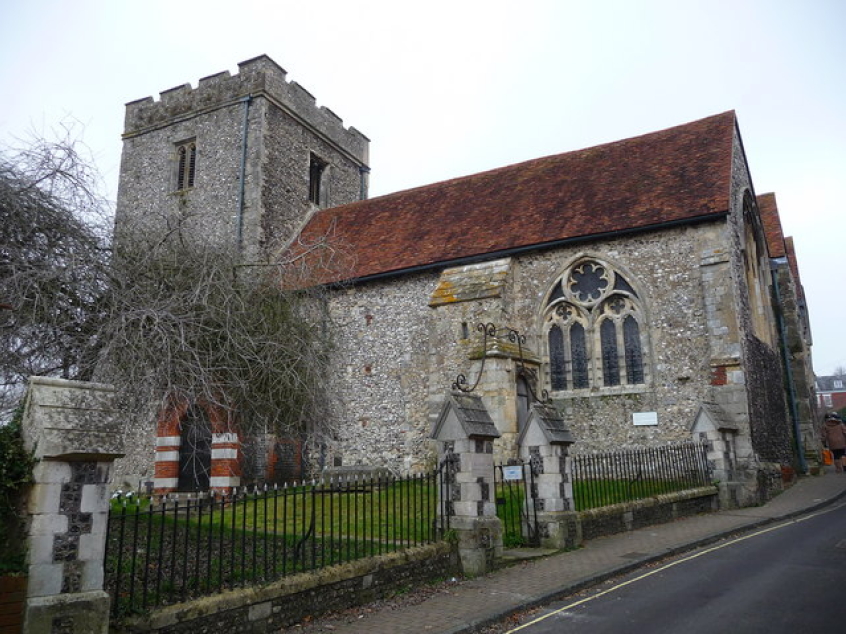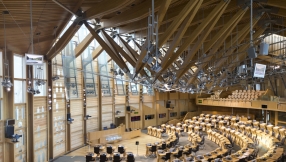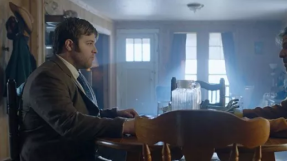Medieval church graffiti which lay undetected for hundreds of years offers new insight into the mindset of people around the time of the Black Death, according to experts.
The images recently discovered in Winchester include those intended to protect against witches and the devil, the names of bell ringers and builders, unusual scenes of riders on horseback accompanied by a figure on foot and a highly stylised bird.
The art was found in the medieval tower of St John's Church in Winchester as part of a survey of graffiti taking place across 12 counties, and involving hundreds of volunteers.

The church was originally built in the 12th century, but the tower was not added until the 14th century. The art there dates from the 14th century to the 16th, with graffiti in the main church stretching from the early medieval period to the Fifties.
A medieval graffiti specialist, Matthew Champion, told the Telegraph: 'Sometimes the graffiti speaks of those who survived [the Black Death]. People put on the walls what's important to them. There are times when they put inscriptions on the walls and those tend to be times of social stress.
'There's the idea that you might not be around. During the Black Death, people were wiped out. They wanted to leave a mark. They knew that paper, life and normal society was insubstantial, so they inscribed on the structure they knew would be the same, the church.'
Winchester was devastated by the Black Death of 1348.
In 1300, it had what was then a massive population of 11,625. By 1370, the population had dropped to 5,000. It did not return to 1300-levels until 1841.
The vicar at St John's, Rev Christine Smith, said: 'It's really exciting.It is an ancient church, dating back to 1142, and we have a real sense of all the people who came before us. Hundreds of pilgrims visit our church every year and this is something new that we can offer.'
The church lies on the Pilgrim's Way between Winchester and Canterbury, and on an old Roman road which was previously the main road to London.
But experts believe that it was locals and not pilgrims who left the images.
Champion said: 'This is being done by all levels of society. Everyone did this. This is not choirboys doing naughty things. It was normal and acceptable. Everyone was leaving inscriptions everywhere.'
Aldous Rees, of the Hampshire Medieval Graffiti Survey, which uncovered the lost treasures, said: 'The detail of the work in the tower, the craftsmanship is incredible. They were good artists. They were the Banksies of their time, though they probably weren't getting lots of money for it.'













